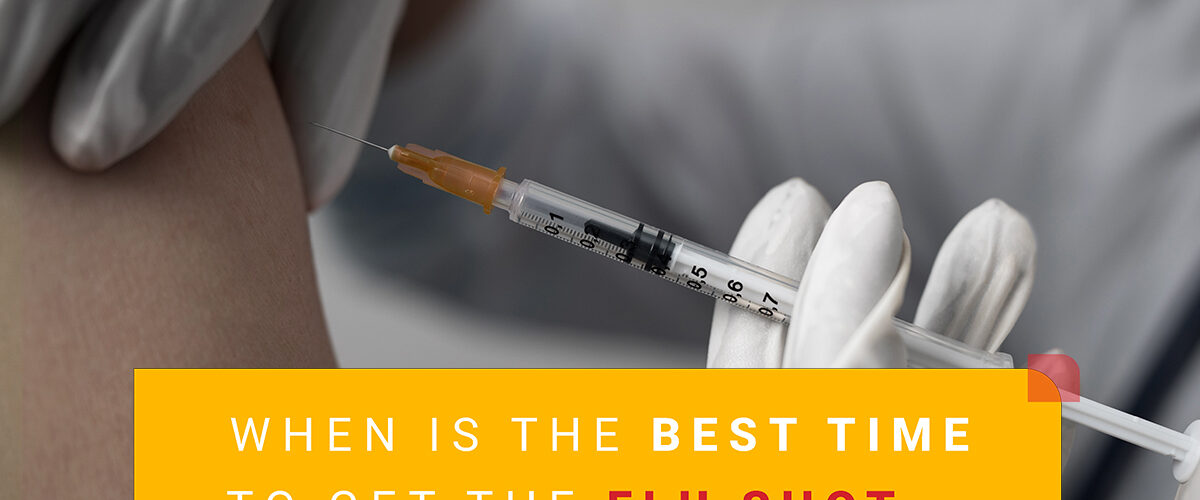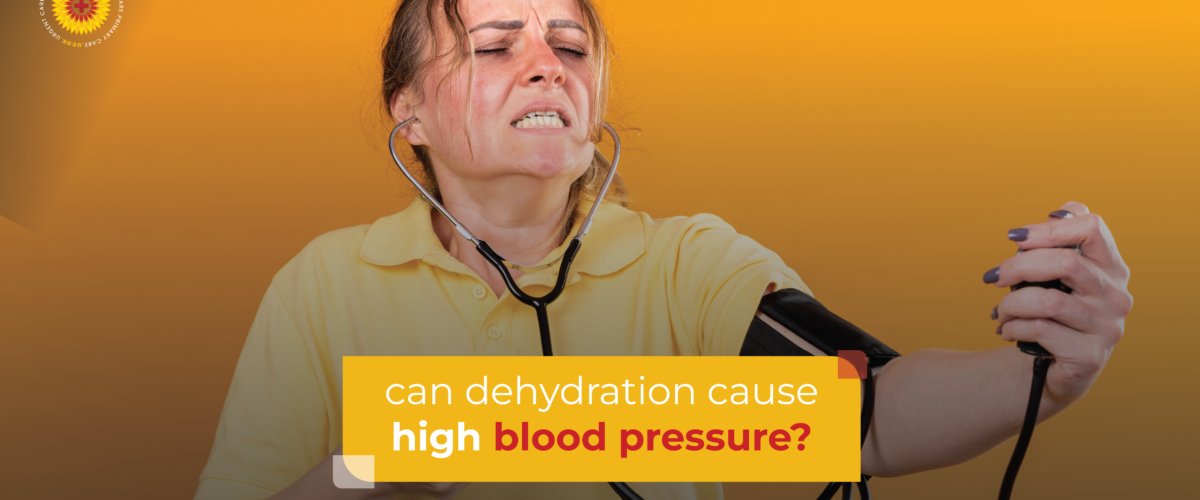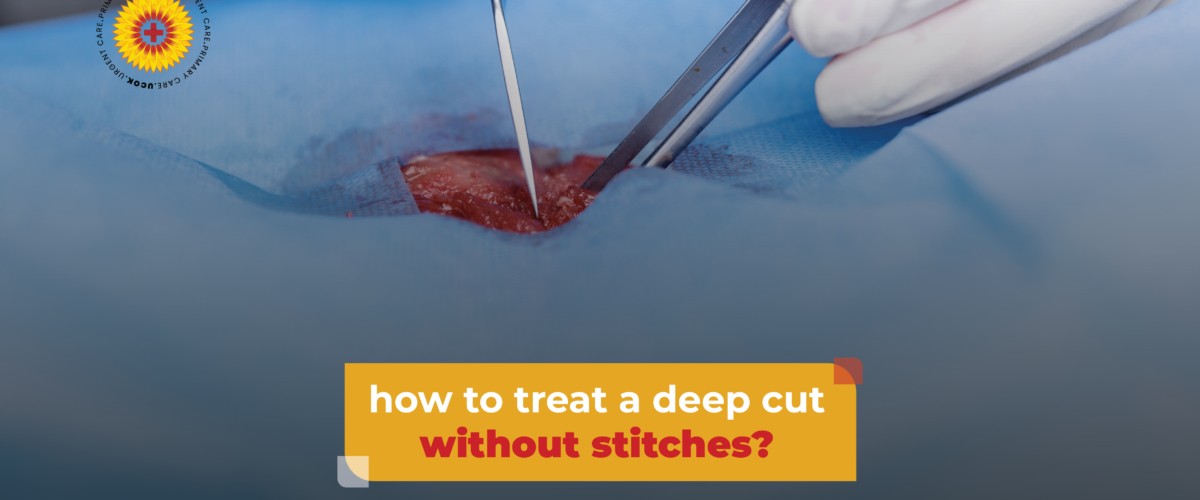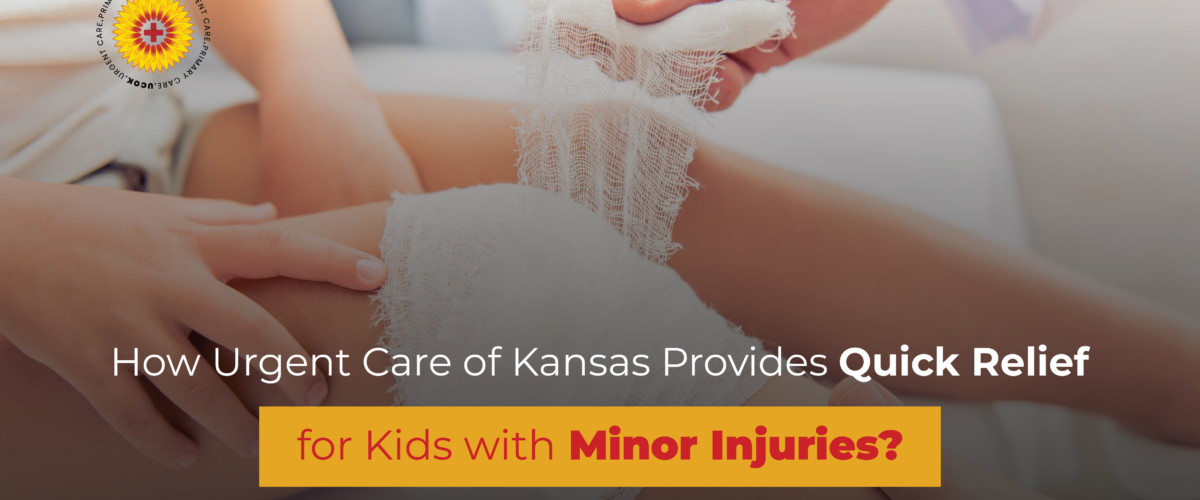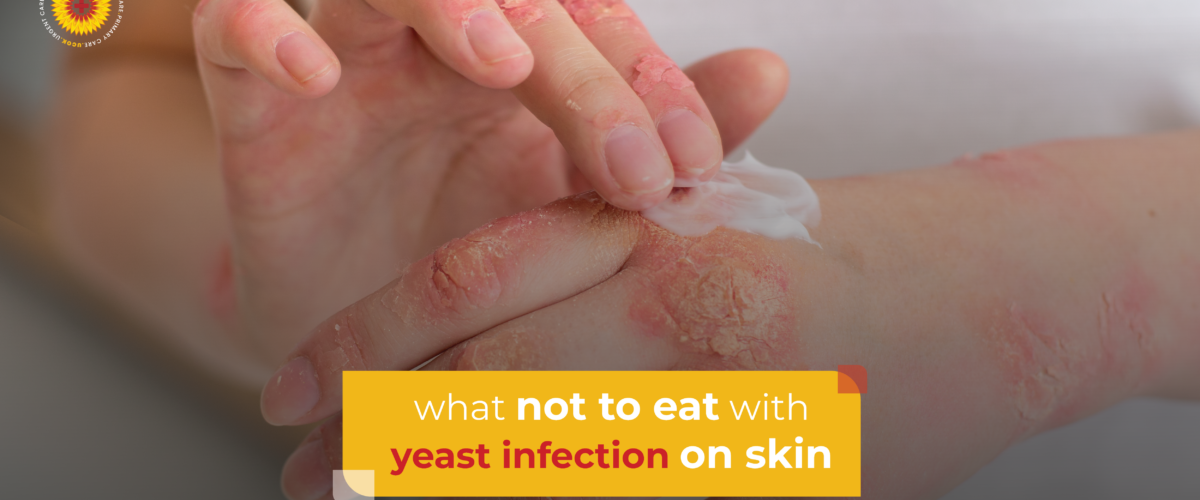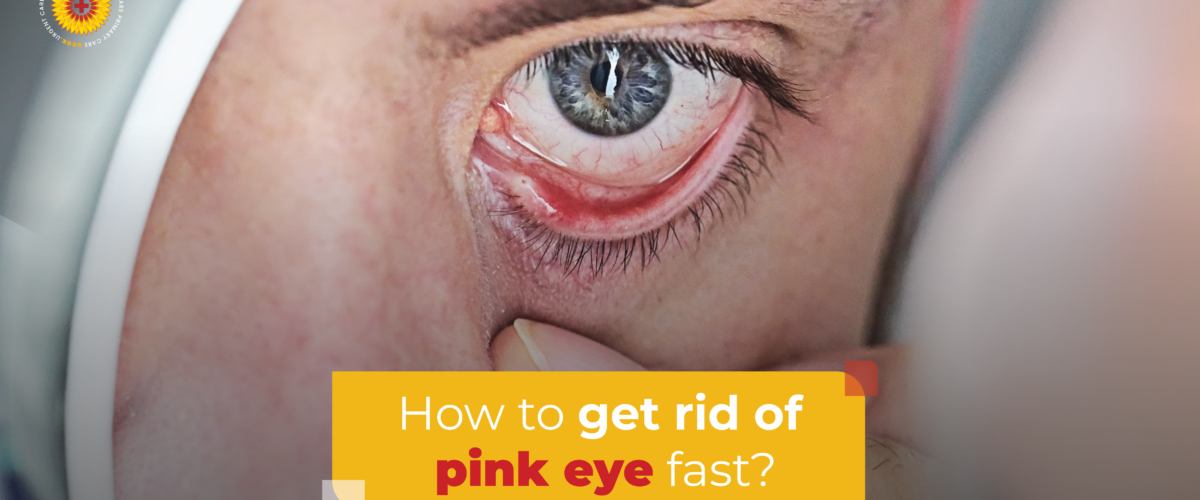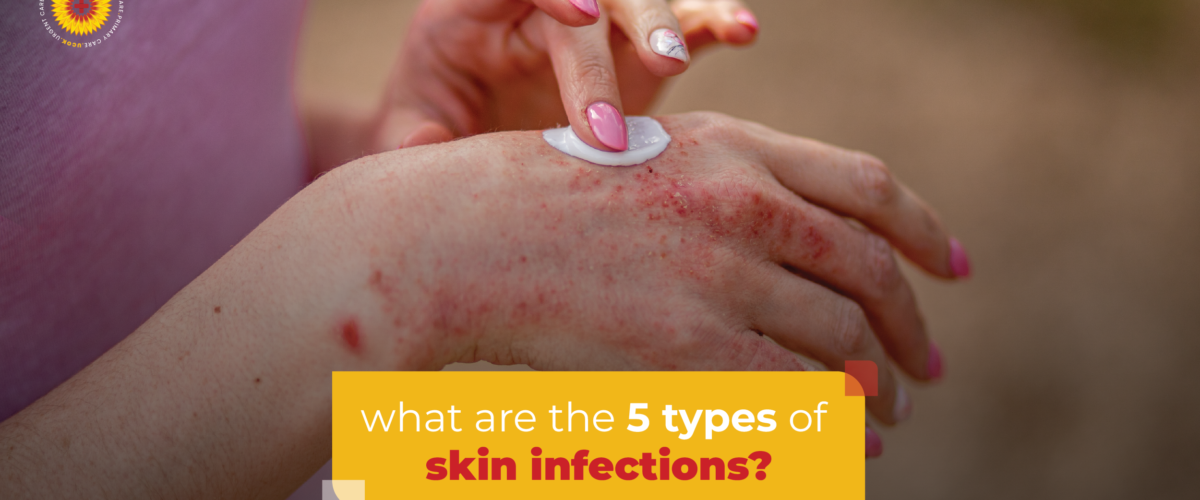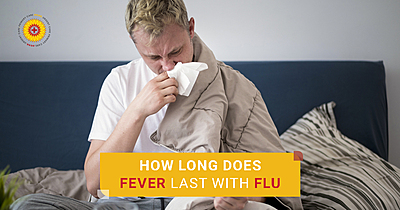
How Long Does Fever Last with Flu?
One of the most common signs of the flu is a fever. But how long does fever last with flu? This is a frequent concern for those managing self-care or taking care of a loved one.
At Urgent Care of Kansas, your satisfaction is our mission. We care for all ages, handling urgent and routine needs like colds, coughs, and fevers. For additional details, reach out to us today.
Below, the duration of fever with flu, the way it can be treated, and lots of health information you need to know to fight the flu are explained in detail.
What Is the Flu?
The flu virus, or simply the influenza virus, is a disease (it can also be called a viral disease) that is easy to pick up because it moves from one person to another.
This is usually through the air when a sick person coughs, sneezes, or talks or through the physical touch of a sick person. Every year, the flu infects millions of people just in America.
The story of the spread of the flu is that when people get sick, the times they spend in their homes are fewer than the times they are out of the house.
It may surprise you, but long flights have fewer viruses than short ones. This is due to airplane filters not being able to catch small particles. The flu invades the bodies of those who are the same age.
Symptoms that Accompany Fever with Flu
Fever is just one symptom of the flu. Other common flu symptoms include:
- Chills and sweating
- Body aches
- Fatigue
- Cough and sore throat
- Runny or stuffy nose
- Headache
Some individuals may experience digestive problems. These may consist of queasiness, throwing up, and loose stools. Kids are more frequently affected by these symptoms than adults.
How Long Does Fever Last with Flu?
Normally, the flu goes on for 3 to 5 days, and the fever comes along with it. However, others might still be sick for a whole week due to the health of their immune system and the flu strain. The fever typically spikes up and declines gradually as the organism resists the virus.
Factors that Affect the Duration of Fever
A number of factors can play a part in the length of a flu fever that makes the fever last longer, for example:
- Age: Both minors and the aged could have a fever that lasts the longest.
- Overall health: People with ongoing illnesses may take longer to recover because of their sensitive health.
- Flu strain: Various viruses cause considerably worse symptoms.
- Immune system strength: A stronger immune system can bring down the fever more quickly.
Does Fever Cause High Blood Pressure?
Fever doesn’t raise blood pressure directly, but it can affect it. Think of fever as a metabolic conductor. It can increase your heartbeat and tension briefly.
If you experience a heart problem, monitor your blood pressure closely. If you’re feeling off, see your doctor for comfort.
What Are the 12 Types of Fever?
We continually analyze fever as one problem, but there are 12 distinctions. Each type has its symptoms, features, and causes.
- Acute Fever: It is a sudden high temperature over 100.4°F which ranges from 3–7 days. Typically, it indicates an infectious process that is being hidden.
- Subacute Fever: This is a mild temperature increase. It can last for about thirty days and is usually a low-grade fever.
- Recurrent Fever: A fever that often returns every few weeks. It might result from infections, immune irregularities, or tumor growths.
- Chronic Fever: A fever lasting over 3 weeks can indicate tuberculosis, AIDS, immune disorders, or cancer.
- Intermittent Fever: Temperature that changes with usual heat. Typical in rickettsia complications, malaria, cancer, and autoimmune diseases.
- Remittent Fever: It is a rising and falling body temperature that takes time to go back to normal. It is observable at infections, autoimmune diseases, and cancer.
- Hyperpyrexia: Temperature above 106°F, causing fluid loss and organ damage.
- Low-Grade Fever: 100.4°F to 102°F, common with flu, colds, and related infections.
- Relapsing Fever: This is a fever that starts and stops every few days. It is the result of ticks and lice being infected.
- Septic Fever: This is a contagious infection. It generates a high temperature and spreads irritation in the body. It is a dangerous condition and calls for immediate action.
- Drug-Induced Fever: A fever induced by medication may consist of headaches, chills, and sore muscles.
- Idiopathic Fever: A fever with no clear cause can hang around from a few days to a week. The professional must conduct a detailed medical survey to rule out other health conditions.
Best Time of Day to Get a Flu Shot
The best time of day to get a flu shot is based on your plans. Despite that, research indicates that taking the vaccine in the morning may improve immune response strength.
On the other hand, the number one priority for everyone is to get a vaccination every year before the flu season is at its highest.
Does Tylenol Help with Flu?
Yes, Tylenol can lower fever and calm body aches when someone has the flu.
However, don’t use it for curing your flu or expect it to shorten the duration of one.
Always remember to adhere to the stipulated dosage and see a professional if need be.
What If Fever Comes Back After Antibiotics?
In case your fever reappears with antibiotics, it may be a result of:
- The flu is still ongoing.
- The previous bacterial infection has not been completely eliminated.
- A different infection is compromising the body’s defenses.
In case the fever opposes all solutions or even increases, it is sensible to consult a medical professional for more assistance.
What Temp Fever to Go to Hospital Toddler?
If your child’s temperature reaches 104°F or higher, take action. For newborns under three months, obtain help at 100.4°F.Take your child to the hospital if they:
- Are having trouble breathing
- Vomit the food they had eaten
- Seem extremely weak and sleepy
- Have a seizure
- Refuse to drink enough liquids
- Still have a fever after 5 days
If you don’t know exactly if, please, make the call and the physician can take a prompt look at your child and give you some pointers
What to Do When You Have a Fever?
Feel unwell with a temperature? Take these steps to get better.
Maintain Hydration
Keep refreshed to prevent dehydration and exacerbating symptoms.
Rest as Much as Possible
Your body needs time to heal. Avoid physical exertion and get plenty of sleep.
Consume Fever-Relief Medications
Accessible medications, including Tylenol, can provide comfort for flu symptoms. They take down fever and diminish body aches.
Keep Your Body Comfortable
- Avoid bundling up with a fever, as excessive warmth can increase body temperature.
- Take lukewarm baths to cool down.
- Wear light, breathable clothing.
Final Thoughts
So, how long does fever last with flu? On average it lasts for 3 to 5 days, however, the duration may be different depending on the condition of the individual who is affected, and the type of flu being dealt with.
Improve your health by taking rest, drinking enough water, and using medicines, if necessary.
If the body temperature still remains low or the condition gets worse, ask for a doctor’s advice.
This kind of condition is very common, however, if you take good care of yourself and avoid getting sick, you will recover faster and keep well!
FAQs
Q: When is the flu contagious, and for how long?
In the case of the flu virus, the contagious stage begins 1 day before symptoms appear and goes on remaining for 5 to 7 days after being infected. The flu, especially, is likely to be more contagious among children and people with poor immune systems.
Q: Is the flu common in summer?
Most flu cases are marked in the fall and winter times, but still, some may pop up during the summer season, and even more with the hot climate in tropical destinations or during travel to other countries.
Q: What is difference between disease and illness?
Disease is a condition marked by specific symptoms and signs. Illness, however, is how a person feels when they are unwell. Not every diagnosed disease leads to illness. Similarly, just because someone feels ill doesn’t mean they have a disease.

